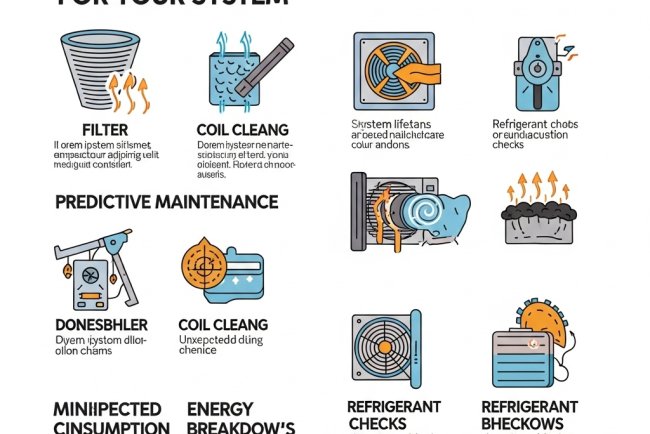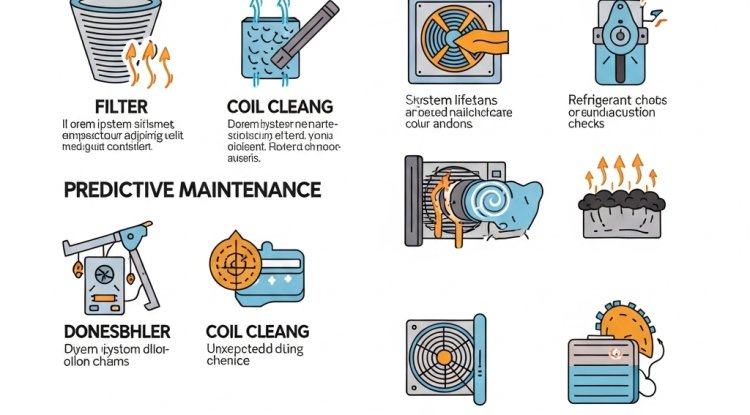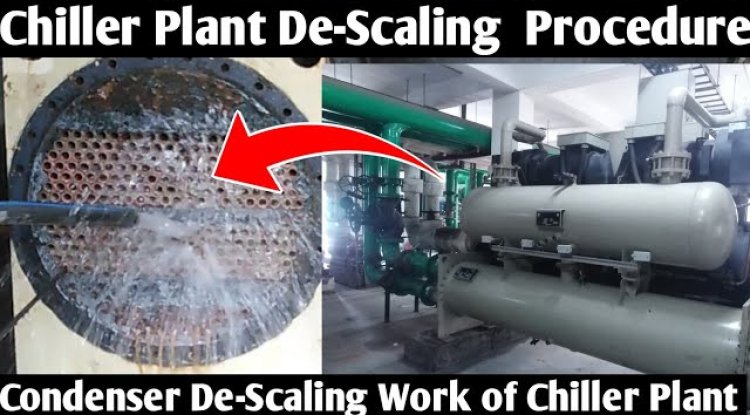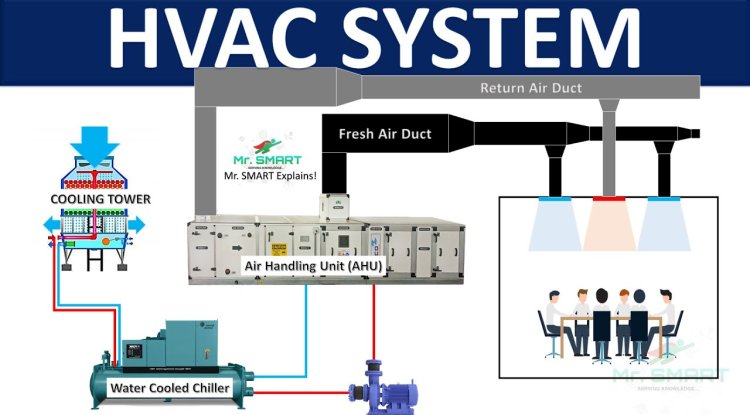What are the 5 main components of a HVAC system? How they works?
There are 5 principal elements of HVAC (Heating, Ventilation, and Air conditioning) system:
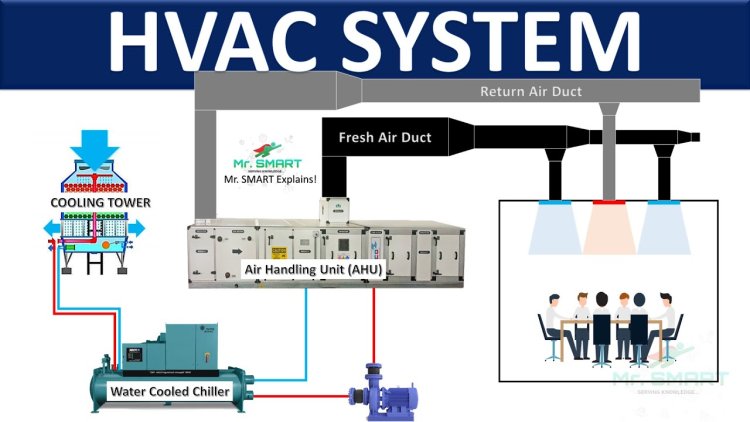
The 5 primary parts of HVAC (Heating, Ventilation, and Air Conditioning) system are:
1. Thermostat
Function: Plays the role of the control hub of the HVAC system giving users the chance of setting as well as controlling the desired temperature.
How Does It Work:
Thermostat measures the level of temperature in the room and presents the readings against the preferred temperature level by the user.
It alerts the HVAC and fools the machine to begin heating, cooling, or settling on the present situation.
2. Furnace
Function: It is the part of heating the air in the system. It is the most bulky part of the majority of the HVAC systems.
Mechanism of action:
The furnace is connected to a heat source (gas, electricity or oil) in a process that releases heat.
This heat is transmitted to the air and is transported within the building through ducts by virtue of the heat exchangers.
3. Air Conditioner (AC)
Use: It cools the air and dry unnecessary humidity.
The way it works:
The air conditioner is absorbing heat in the air in the house by the help of refrigerant.
This heats escapes through the condenser unit to outside.
This cooled air is thereafter recirculated in the house.
4. Vents and ductwork
Role: Circulates slimmed air all around the edifice and returns non-conditioned air to the Heating, Ventilating, and Air-Conditioning system.
Working Operational:
Supply ducts transport heated or cooled air of the HVAC system to other rooms.
Used air is returned by the use of return ducts to be reconditioned and then filtered by the filtering duct.
Vents serve as means through which the rooms get air in and out.
5. Refrigerant Lines
Function: Transport the refrigerant between the indoor and the outside portion of the unit to change the heat.
How It Works:
The refrigerant circulates in a closed loop with the evaporator coil (in the house) and a condenser coil (outside of the house) by the use of refrigerant lines.
During cooling, the refrigerant takes up heat within the indoors and gives it out to the outdoors.
The Way These Things Come Together:
The thermostat will sense the indoor temperature and interconnects the HVAC system (to heat or cool).
When an additional source of heat is needed, the furnace heats the air and pumps it into the system of the ductwork. In case of cooling, heat is removed by the use of the refrigerant lines in the air conditioner.
The air hence the required environment indoors is regulated by vents which disperse the conditioned air.
All these together make it an efficient temperature regulator, air circulator, and comfortable.
What's Your Reaction?







